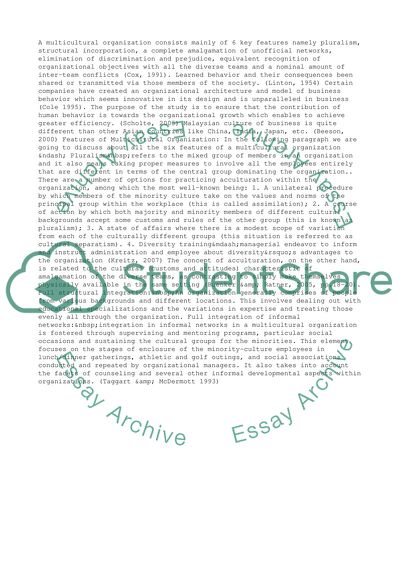Cite this document
(“Comparative business cultures Assignment Example | Topics and Well Written Essays - 2500 words”, n.d.)
Comparative business cultures Assignment Example | Topics and Well Written Essays - 2500 words. Retrieved from https://studentshare.org/business/1494996-comparative-business-cultures
Comparative business cultures Assignment Example | Topics and Well Written Essays - 2500 words. Retrieved from https://studentshare.org/business/1494996-comparative-business-cultures
(Comparative Business Cultures Assignment Example | Topics and Well Written Essays - 2500 Words)
Comparative Business Cultures Assignment Example | Topics and Well Written Essays - 2500 Words. https://studentshare.org/business/1494996-comparative-business-cultures.
Comparative Business Cultures Assignment Example | Topics and Well Written Essays - 2500 Words. https://studentshare.org/business/1494996-comparative-business-cultures.
“Comparative Business Cultures Assignment Example | Topics and Well Written Essays - 2500 Words”, n.d. https://studentshare.org/business/1494996-comparative-business-cultures.


